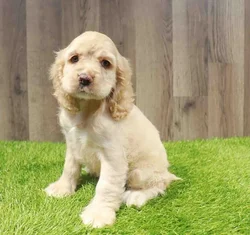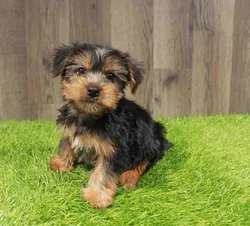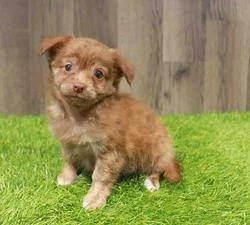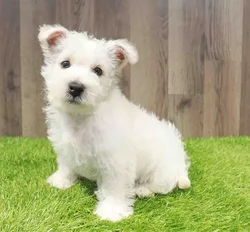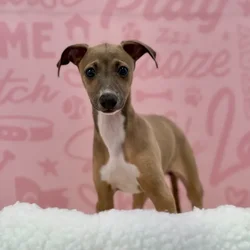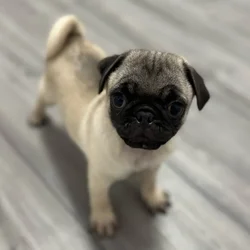Papillon
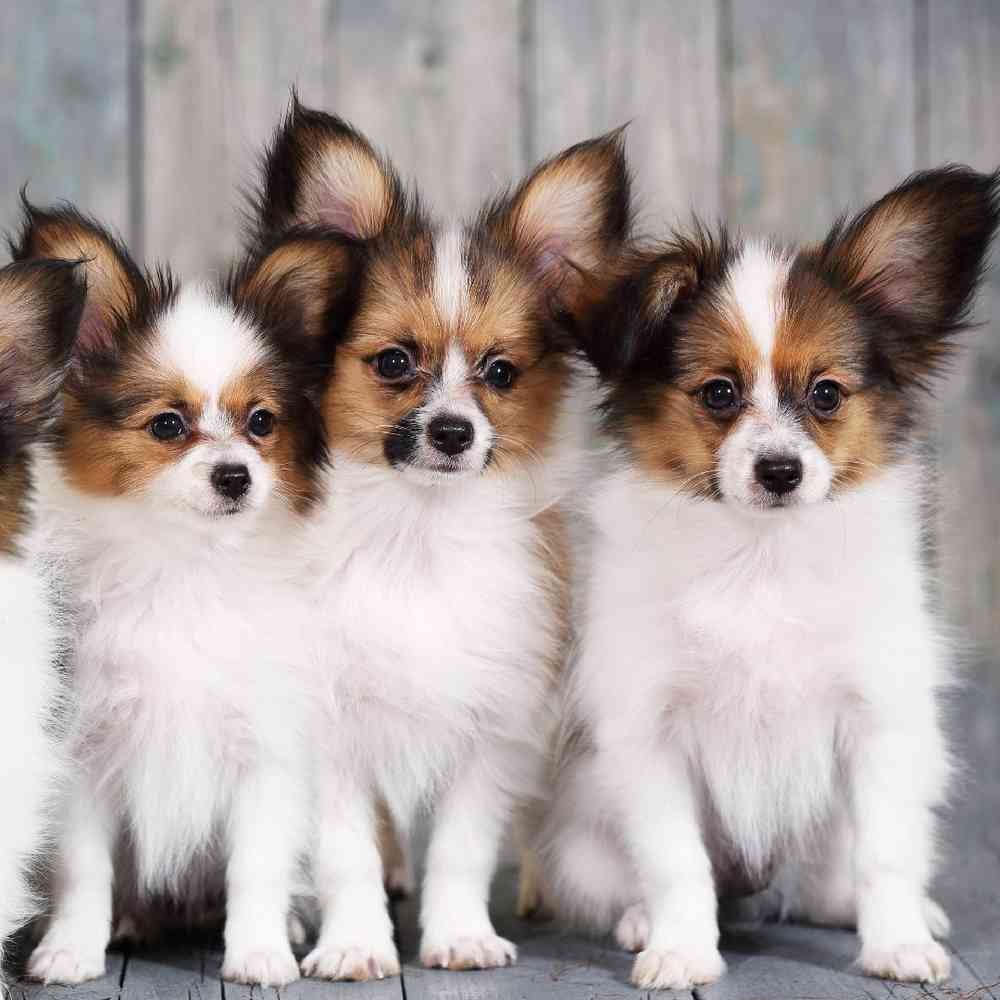
The quick, curious Papillon is a toy dog of singular beauty and upbeat athleticism. Despite his refined appearance, the Pap is truly a “doggy dog” blessed with a hardy constitution. Papillon fanciers describe their breed as happy, alert, and friendly.



Want to know more about Papillon ?
Breed Traits
General Appearance
The Papillon is a small, friendly, elegant toy dog of fine-boned structure, light, dainty and of lively action; distinguished from other breeds by its beautiful butterfly-like ears.
Head
Neck, Topline, Body
Forequarters
Hindquarters
Coat
Color
Additional Information
Gait
Temperament
Clubs, Registries & Associations
American Canine Association Continental Kennel Club Universal Kennel Club International American Kennel Club United All Breed Registry America's Pet Registry, Inc. United Kennel Club (Based on breed recognition. See store for details on this particular puppy.)
Group
Heritage
Description
Health Awareness
Personality
Exercise/Energy Level
Interesting To Know
Translated, Papillon means butterfly, so named because their erect ears look like butterfly wings. Marie Antoinette's Papillon was found hiding in her skirts after her execution. The way the Papillon's tail curls over his or her's back, this breed carries the nickname of a "squirrel spaniel."
About
A tiny dog, measuring 8 to 11 inches at the shoulder, you can still spot a Papillon a block away thanks to the large, wing-shaped ears that give the breed its name (“papillon” is French for “butterfly”). Some Paps have erect ears; in others, known as the Phalene type, the ears are down. Paps are dainty and elegant, with a plumed tail, and a long, silky coat of several color combinations, the base color being white. More robust than they look, Paps are little dogs for all seasons and reasons. They thrive in warm or cool climates, in town or country, and are eager to join family fun. They are excellent agility dogs and are consistent winners at the sport’s highest levels; less ambitious owners can train them to do all kinds of tricks.
History
Standard
Nutrition
Grooming
Exercise
Training
Health
All pets have found there homes! Sign up to be notified when new pets are added so you don't miss out.



